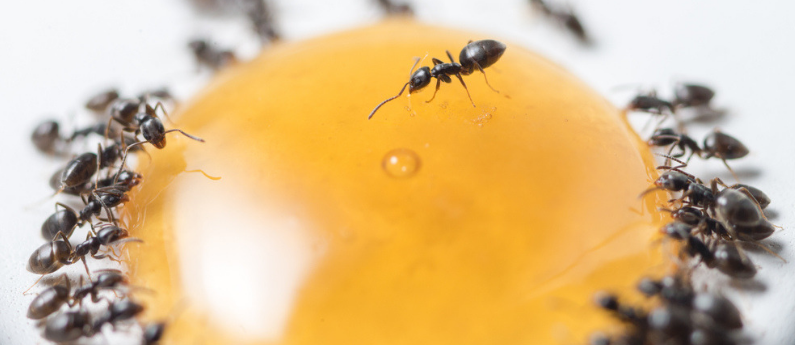When you spot a few ants inside your home, inevitably hundreds or thousands more are lurking away unseen. But how -- and why -- did they show up there?
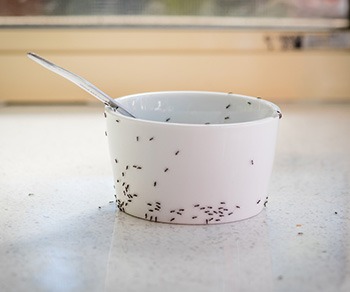 There are three main reasons why you're seeing ants in your home -- and what you can do about it:
There are three main reasons why you're seeing ants in your home -- and what you can do about it:
Ants come indoors because they're seeking water. If your area is experiencing a drought, or the weather is simply hot and dry, ants may invade homes for moisture and food. Kitchens and bathrooms are especially vulnerable to ant infestations.
What to do: Keep an eye out for water buildup -- both inside and outside the house. Clean up leaks or drips around sinks, faucets, toilets or tubs.
Ants come indoors because they're escaping weather changes. On the other hand, if they are outdoors and rain floods their nesting sites, ants will go in search of dry ground -- like your home. They also come indoors to escape the cold and keep the queen warm. Without their queen, most ant colonies would only survive a few months.
What to do: Seal cracks with silicone caulk, replace weather-stripping, repair any holes in window and door screens, fix loose mortar around foundation. Keep tree branches and shrubs trimmed away from the house.
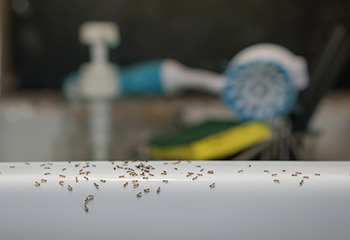 Ants come indoors to find food. Ant colonies need nutrition to feed the queen and developing larvae. Ants are most frequently found in the kitchen because it's an easy source of food -- especially if you have pets or messy eaters!
Ants come indoors to find food. Ant colonies need nutrition to feed the queen and developing larvae. Ants are most frequently found in the kitchen because it's an easy source of food -- especially if you have pets or messy eaters!
What to do: Keep your kitchen clean and sanitary. Clean up spills from countertops and floors. Pick up any pet food from the floor and wash pet bowls regularly. Make sure food is sealed in airtight containers. Get rid of any over-ripe fruit. Keep a tight-fitting lid on your garbage cans.
While following these tips is important, even the cleanest, tidiest, most secure house can have an ant problem... and just a few ants observed indoors can signal an infestation. According to entomologist Dr. Qing-He Zhang, Director of Research for RESCUE! Pest Control Products, the most effective method for controlling an ant infestation is an ant bait.
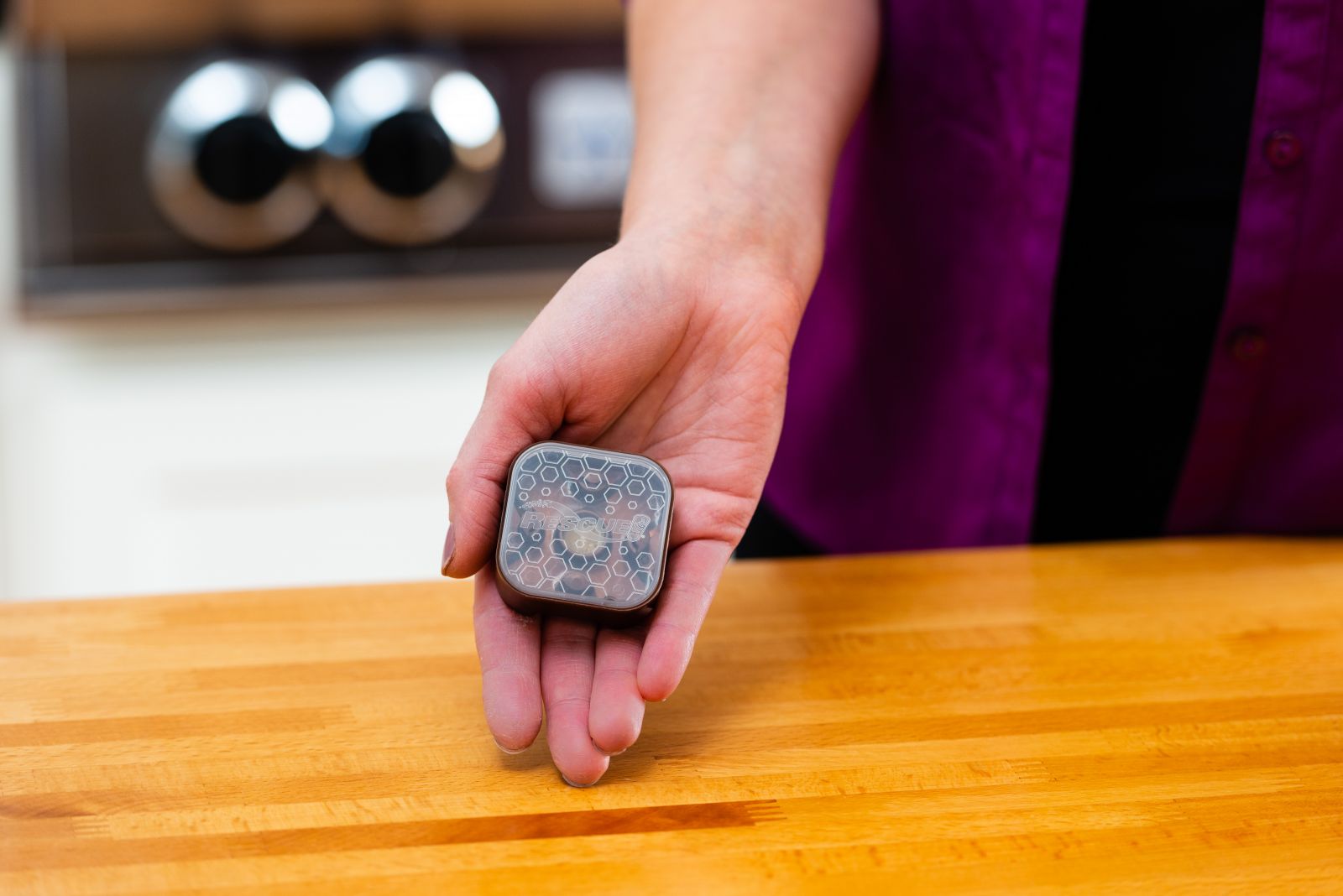 Once an ant bait station is placed in their path and a few foraging ants discover it, they collect the food and transport it back to the colony. At the same time, these ants tell their fellow foragers where the food is by laying a pheromone trail. By sharing the food in the nest, the foraging ants transfer the toxicant in the bait to the rest of the colony.
Once an ant bait station is placed in their path and a few foraging ants discover it, they collect the food and transport it back to the colony. At the same time, these ants tell their fellow foragers where the food is by laying a pheromone trail. By sharing the food in the nest, the foraging ants transfer the toxicant in the bait to the rest of the colony.
"RESCUE! Ant Baits do the dirty work by setting the ants' last meal before them," says Dr. Zhang. "Our formula makes it effortless for the consumer by using ant biology and behavior to our advantage."
.jpg) With two foods in one bait station, the RESCUE! Ant Bait formula takes care of the nutritional needs of all the ants in the colony (workers, larvae and queen) -- and is effective at wiping out all of them. RESCUE! gives foraging worker ants the carbohydrate they need for energy, along with the protein that the larvae need to grow and the queen needs to keep laying eggs.
With two foods in one bait station, the RESCUE! Ant Bait formula takes care of the nutritional needs of all the ants in the colony (workers, larvae and queen) -- and is effective at wiping out all of them. RESCUE! gives foraging worker ants the carbohydrate they need for energy, along with the protein that the larvae need to grow and the queen needs to keep laying eggs.
The RESCUE! Ant Bait is easy to use, mess-free, and ready right out of the box. Simply place the child-resistant bait station where ant activity is observed -- and leave it in place.
"When you first put the RESCUE! bait station down, you will start to see more of them than you did before," explains Dr. Zhang. "It's important to be patient so the other ants can find it -- even moving it a few inches can disrupt that pheromone trail. And whatever you do, don't resort to spraying!"
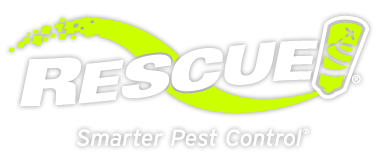

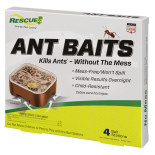 Ant Baits
Ant Baits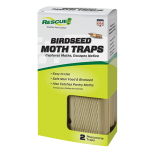 Birdseed Moth Trap
Birdseed Moth Trap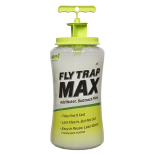 Fly Trap Max
Fly Trap Max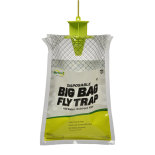 Fly Trap, Big Bag
Fly Trap, Big Bag 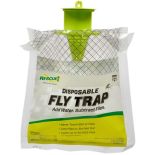 Fly Trap, Disposable
Fly Trap, Disposable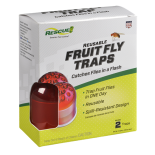 Fly Trap, Fruit Fly
Fly Trap, Fruit Fly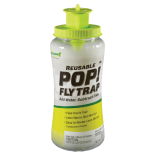 Fly Trap, POP! Fly
Fly Trap, POP! Fly 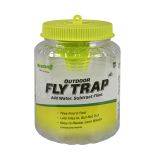 Fly Trap, Reusable
Fly Trap, Reusable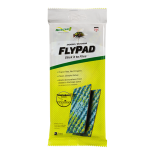 FlyPad
FlyPad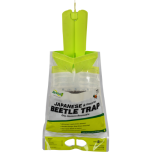 Japanese & Oriental Beetle Trap
Japanese & Oriental Beetle Trap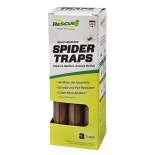 Spider Trap
Spider Trap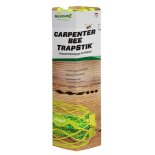 TrapStik, Carpenter Bee
TrapStik, Carpenter Bee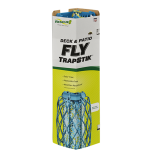 TrapStik, Deck & Patio Fly
TrapStik, Deck & Patio Fly 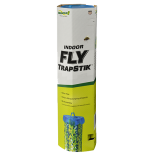 TrapStik, Indoor Fly
TrapStik, Indoor Fly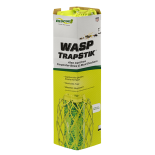 TrapStik, Wasp
TrapStik, Wasp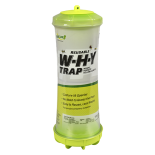 W·H·Y Trap for Wasps, Hornets & Yellowjackets
W·H·Y Trap for Wasps, Hornets & Yellowjackets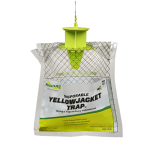 Yellowjacket Trap, Disposable
Yellowjacket Trap, Disposable 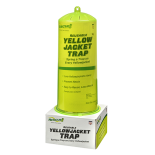 Yellowjacket Trap, Reusable
Yellowjacket Trap, Reusable 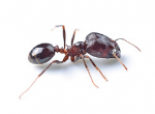 Ants
Ants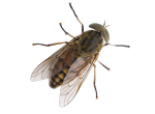 Biting Flies
Biting Flies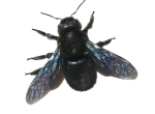 Carpenter Bees
Carpenter Bees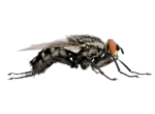 Flies
Flies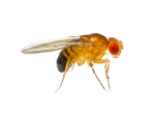 Fruit Flies
Fruit Flies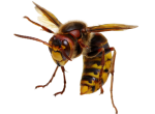 Hornets
Hornets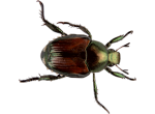 Japanese Beetles
Japanese Beetles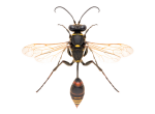 Mud Daubers
Mud Daubers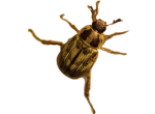 Oriental Beetles
Oriental Beetles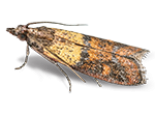 Birdseed & Pantry Moths
Birdseed & Pantry Moths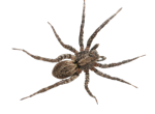 Spiders
Spiders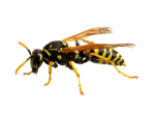 Wasps
Wasps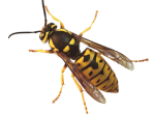 Yellowjackets
Yellowjackets